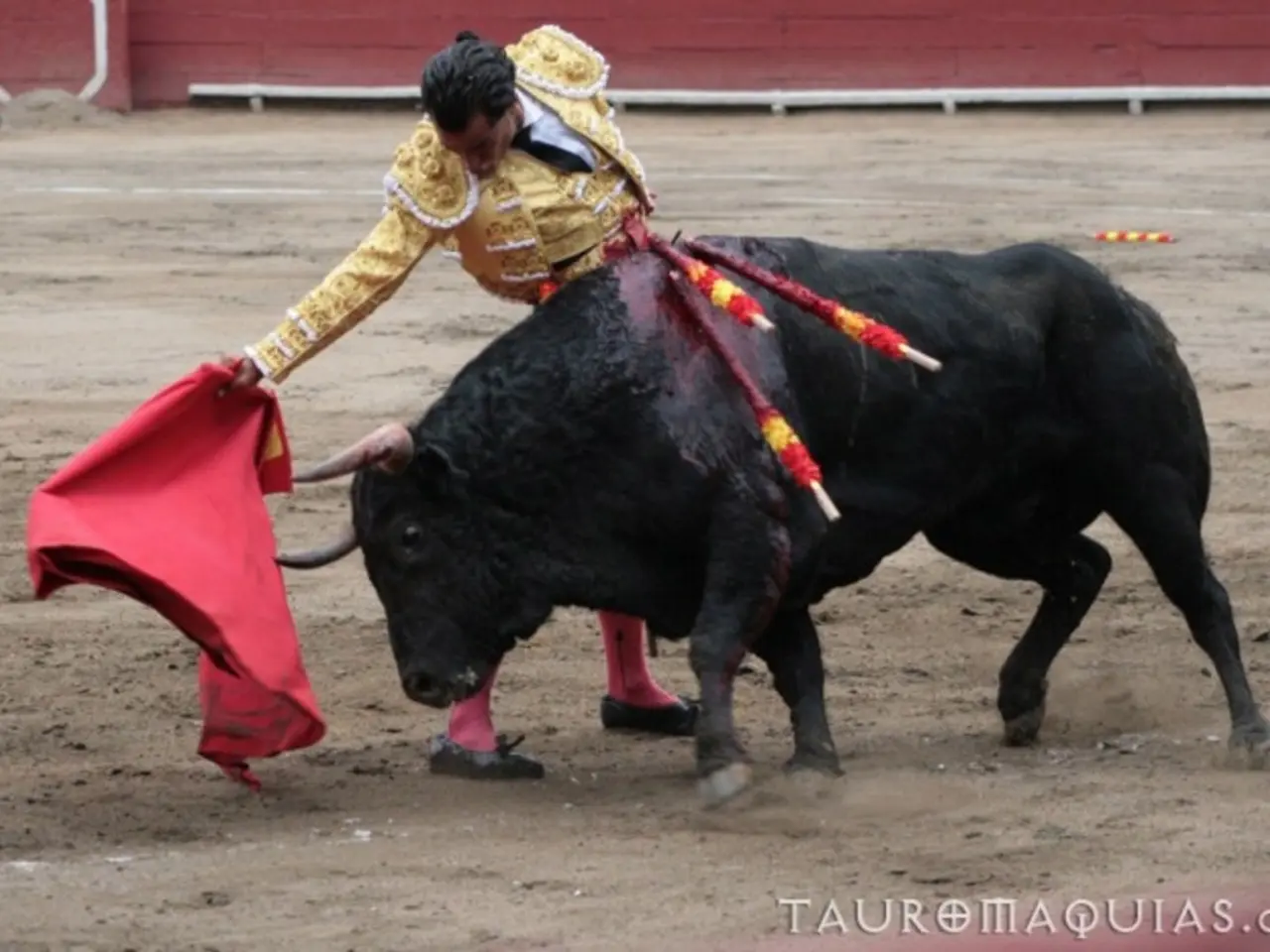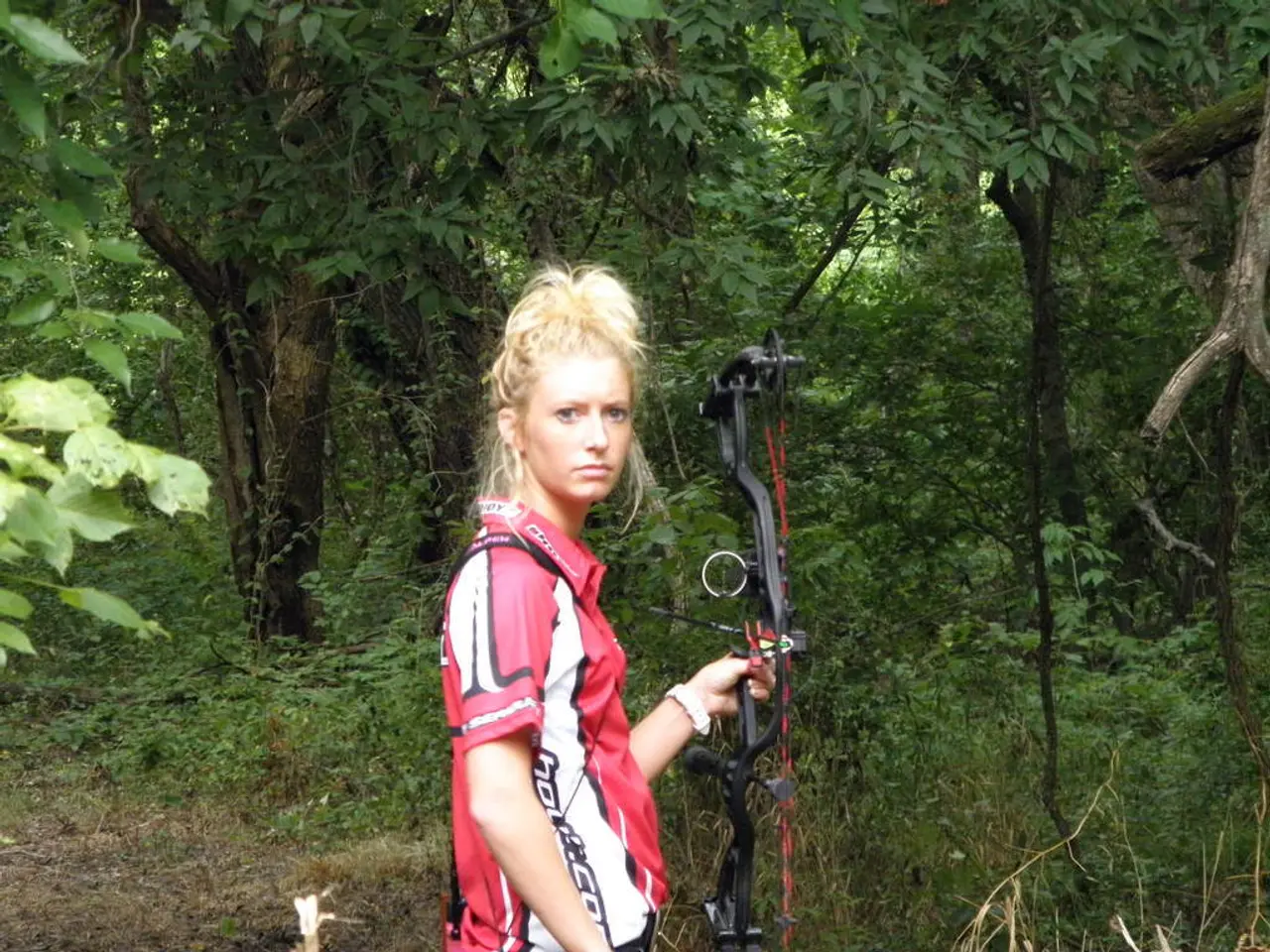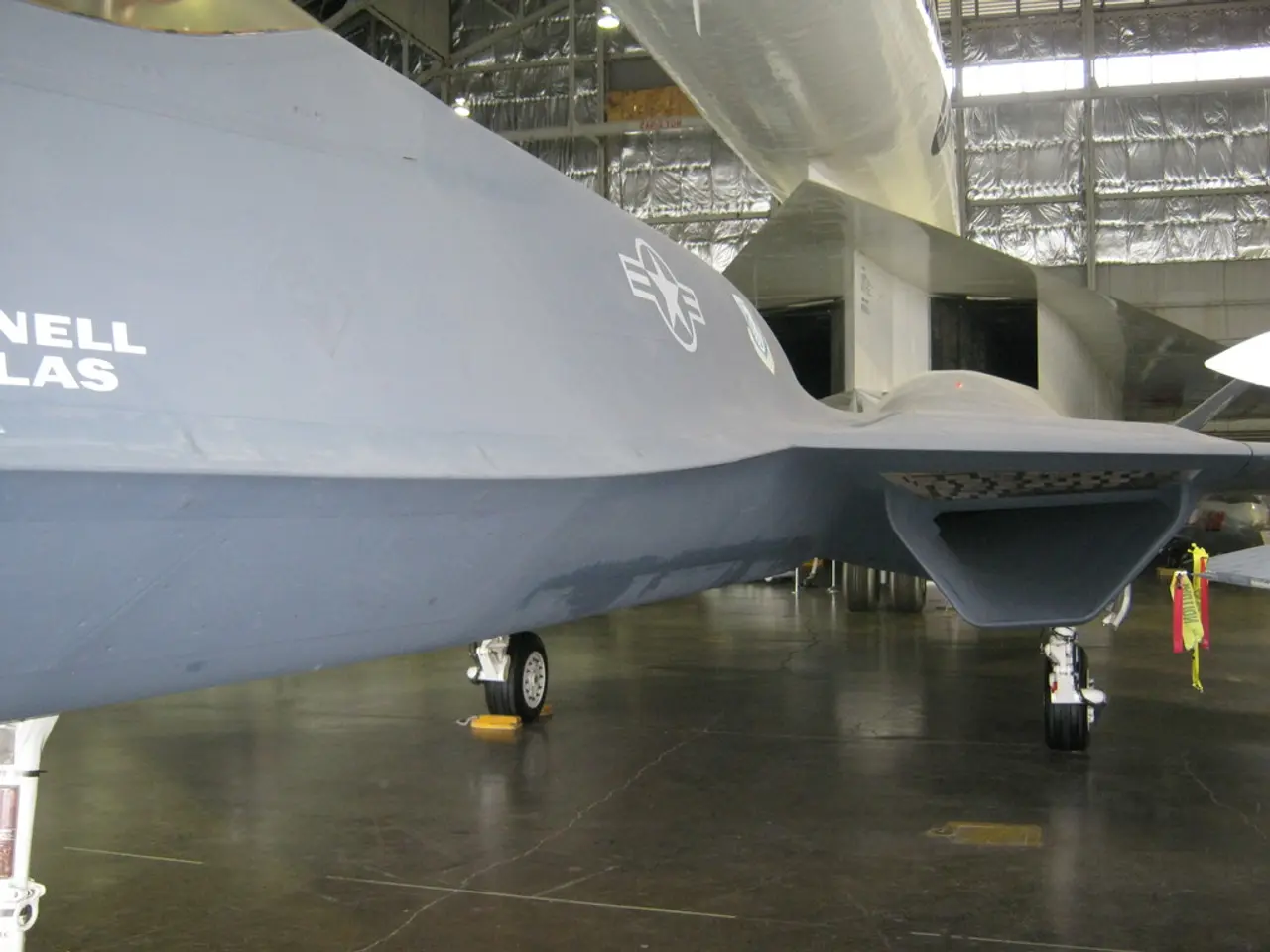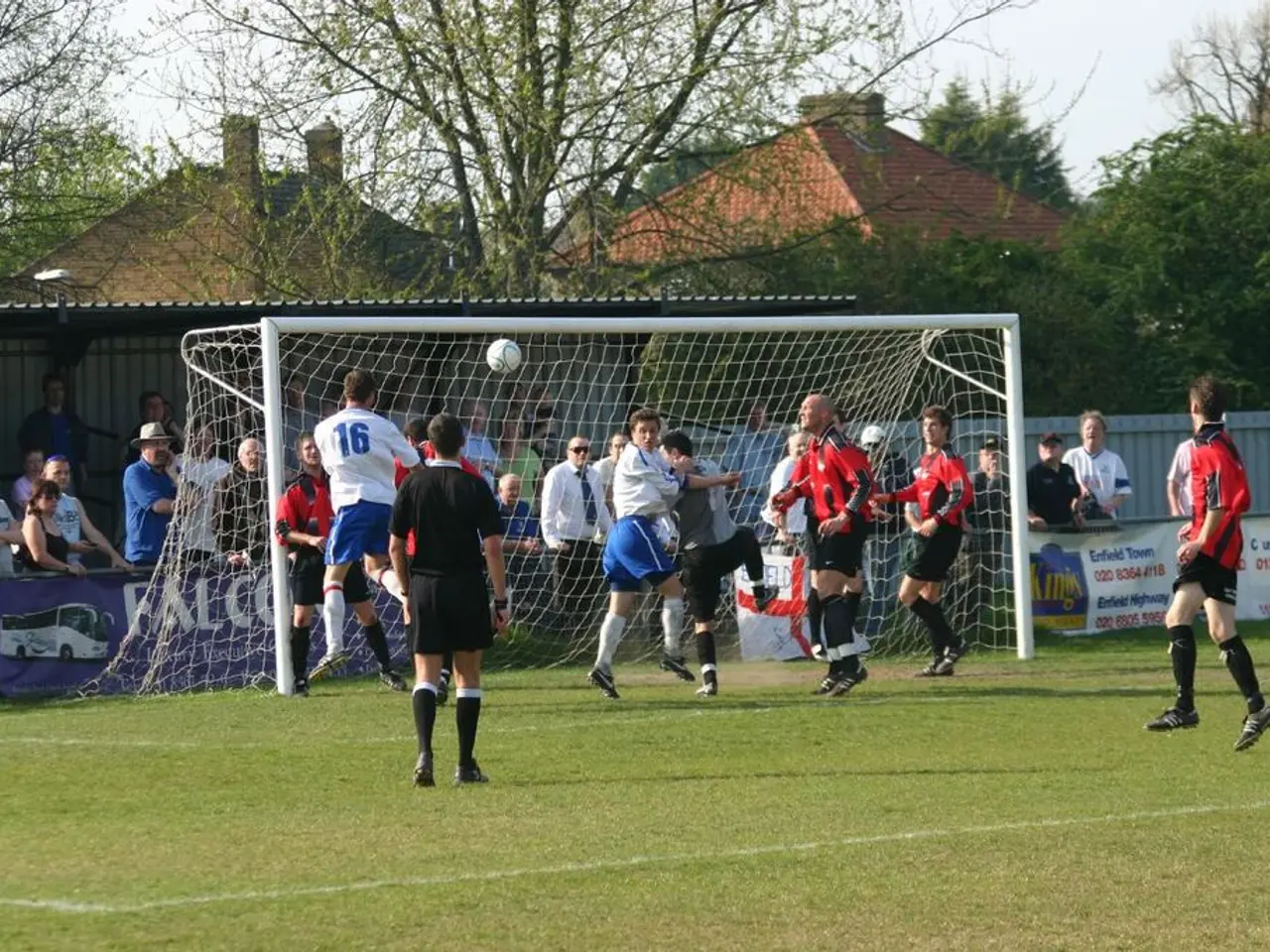Multiple individuals sustain injuries during the initial bull run in Pamplona - Multiple individuals sustained injuries during the initial bullfight in Pamplona
In the heart of Spain's Navarre region, the city of Pamplona plays host to one of the world's most exhilarating and controversial events - the San Fermín festival. This annual spectacle, which dates back to the end of the 16th century, is marked by a series of bull runs that have left an indelible mark on its history.
Since official records began in 1910, at least 15 people have lost their lives during these runs, with the most tragic day being July 13, 1980, when four runners were killed by two bulls. The last fatality occurred 16 years ago in 2009. Each year, between 50 and 100 people are injured, mostly from falls, trampling, or collisions with stationary objects. More serious risks include being gored by the bulls' horns, although this is less common.
The event attracts up to 4,000 runners each morning, most of whom wear traditional white clothing with red sashes. Medical support is robust, with around 200 medical personnel stationed at 16 posts along the route, plus about 20 ambulances. This rapid medical response can transport seriously injured runners to hospital within ten minutes, mitigating some risks of severe outcomes.
A significant hazard arises when runners fall and create a pile-up, especially at the narrow entrance to the bullring where space is constricted. This creates a risk of crowd crush, asphyxiation, or further goring by bulls running into the pile. Such pile-ups have happened at least ten times historically, with one fatality in 1977 due to suffocation in a pile-up.
Despite the criticism, the San Fermín festival continues to attract tourists from around the world, mainly from other parts of Spain, Europe, the USA, and Australia. The festival, which always takes place in early July, includes numerous concerts, processions, and other events apart from the bull races and fights.
The participants in the San Fermín festival's bull run are mostly young men, dressed in traditional white clothing with a red neckerchief and sash. A few women and older runners also participate. The festival is dedicated to the city's patron saint, San Fermin, and is famously written about by the American author Ernest Hemingway in his first major novel, "The Sun Also Rises" (1926).
It's important to note that animal rights groups have protested against the traditional event, raising concerns about the welfare of the bulls involved. Two bulls slipped and fell during the run in this year's festival, highlighting the potential dangers for the animals as well.
In summary, while the runs are deeply dangerous, especially due to the bulls and crowd dynamics, the majority of injuries are minor and serious injuries or deaths are relatively rare but still notable in the event’s history. The San Fermín festival, with its blend of tradition, excitement, and controversy, continues to draw crowds and stir debate.
[1] San Fermín Festival Official Website: https://www.sanfermin.com/en/ [2] The Guardian: San Fermín Festival: A guide to the running of the bulls: https://www.theguardian.com/travel/2018/jul/06/san-fermin-festival-a-guide-to-the-running-of-the-bulls [3] BBC News: San Fermín Festival: Running of the bulls: https://www.bbc.com/news/world-europe-13790635
The Commission has not yet adopted a decision on the application of the measures provided for in Article 92 (3) (c) of the Treaty, regarding potential regulation of sports like football across European leagues, such as La Liga. Despite the risks and controversies associated with the San Fermín festival, it continues to draw football enthusiasts and tourists from all around Europe, including Spain, the USA, and Australia, who flock to Pamplona annually for the historical event.







